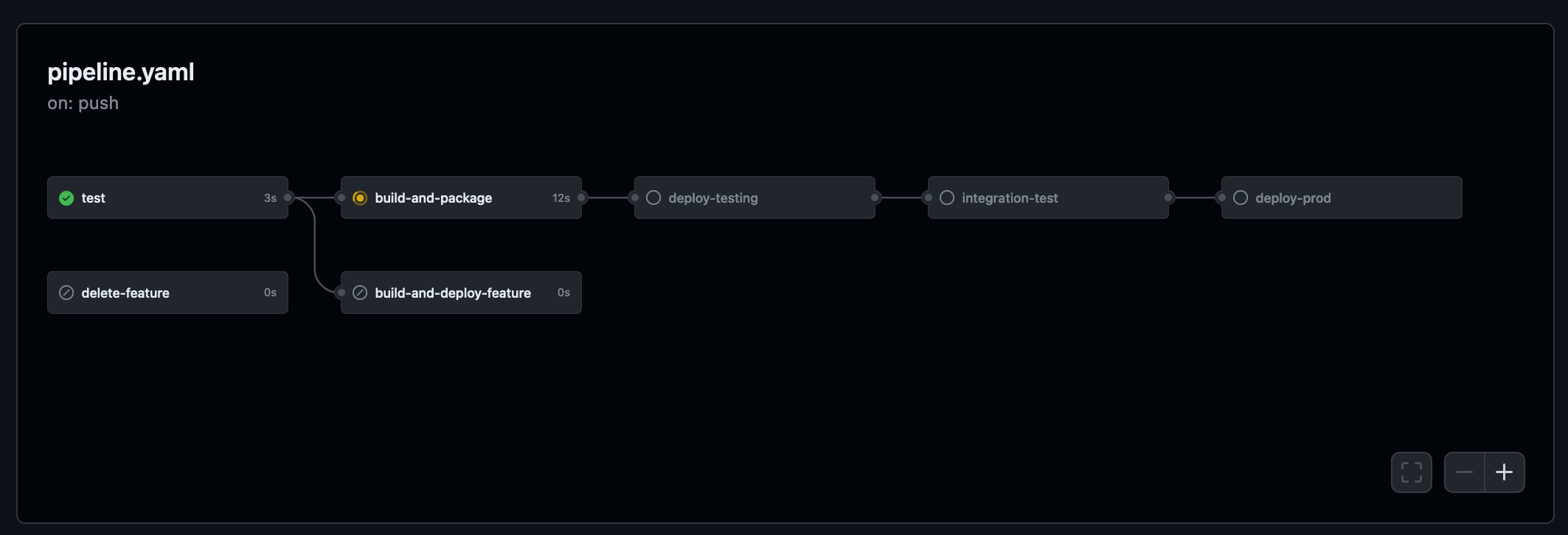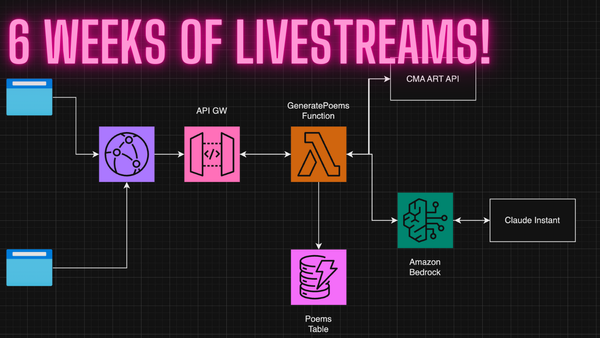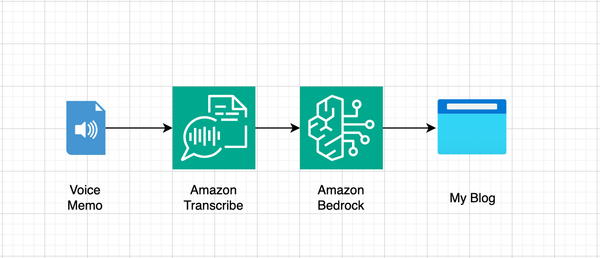Deploying Serverless Go projects with AWS SAM Pipelines and GitHub Actions

Wow, that title is a mouthful. Here's what it means:
- You can use AWS SAM to easily construct at Serverless Application on AWS where the AWS Lambda code is written in Go
- You can deploy your app to AWS from the CLI with
sam deploywhich is nice when you are building something on your own, or just getting started - Once your project grows and begins to involve others, you will likely want to incorporate some kind of CI/CD pipeline
- AWS SAM Pipelines and GitHub Actions make this all work really nicely!
- These are my notes so far
An AWS SAM Pipeline consists of two major components:
- The bootstrap command - This command (
sam pipeline bootstrap) needs to be done for each stage in your pipeline (test, prod, etc.). The end result is a handful of resources deployed in your AWS account that will be required by the pipeline itself. These are things like Roles, Policies and an Amazon S3 Bucket. - The init command - This command (
sam pipeline init) will walk you through a little wizard to help craft a GitHub Action template. This file will appear in your repository at.github/workflows/pipeline.ymland contains all the configuration GitHub Actions will need to build, test and deploy your application whenever you push new changes to GitHub.
For my project I chose to use GitHub Actions for my CI/CD tooling, but you can choose from a number of other popular tools like Jenkins, GitLab or AWS CodePipeline. I really like GitHub Actions.
One thing I noticed was that the pipeline.yml file contained a number of fields that included my AWS account number and a few ARNs. In a private/corporate repository, this might be fine, but for my public repo, I chose to change these to use GitHub's repository variables. Here's what my final list of fields looked like:
Once you set these up, you just need to create the actual variables in the GitHub settings page for your repo.
Another issue I ran into was building a Go program with GitHub Actions wasn't working right out of the box. When I do a sam build and sam deploy from the command line, everything works just fine, but that's because I am building with the installation of Go on my laptop. On GitHub, it will need to have Go installed as part of the build process. The template I started with didn't know about this, so I had to modify it to look like this:
You can see here that instead of just doing sam build I first need to install Go and add it to the $PATH.
Once I made these changes and made sure all my variables and secrets were setup in the repo settings, I was able to push my code and watch it deploy to AWS.

This pipeline has a couple interesting ... features:
- You can use feature branches like
feature-new-gizmoto deploy from a separate feature branch. It will also clean these up as you delete old feature branches. - It has two stages for "testing" and "production." In this current setup, it will just deploy both of them on every new push to
main. But, you can utilize GitHub Environments to add a manual intervention or approval step for the production branch.
Here's my demo application on GitHub including the SAM Pipeline.
That's it!


